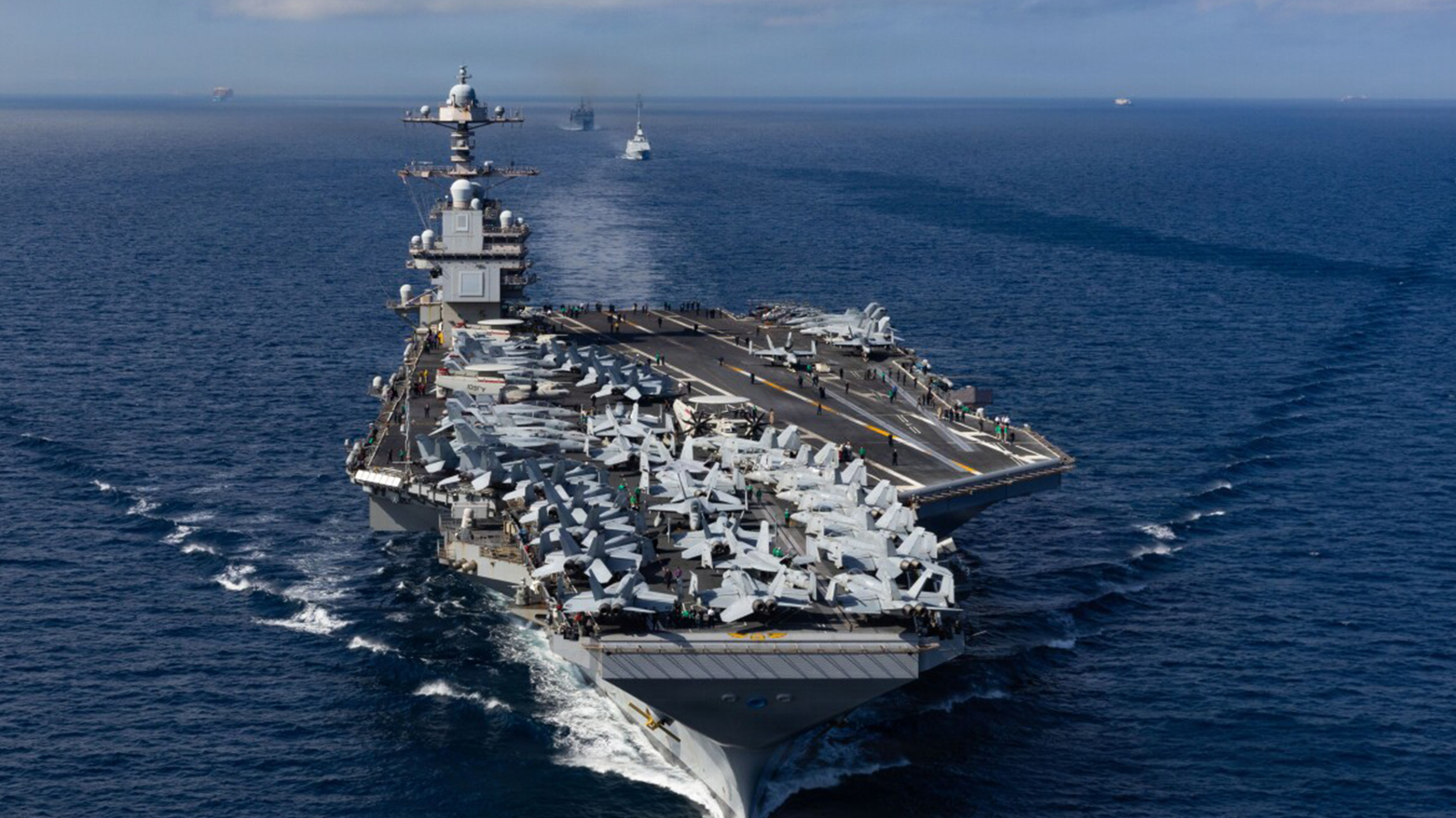U.S.–Venezuela Tensions Surge as Washington Issues New Aviation Warning, Expands Military Presence in Caribbean
FAA alerts pilots to rising security risks over Venezuela as deployment of the USS Gerald R. Ford strike group fuels speculation of a looming U.S. military operation.

ERBIL (Kurdistan24) — The United States has sharply escalated pressure on Venezuela in the past 48 hours, issuing an urgent aviation warning for all civilian flights over the country and reinforcing a major military deployment in the Caribbean. The moves have intensified speculation that Washington may be preparing for a significant military operation against President Nicolás Maduro’s government.
The U.S. Federal Aviation Administration (FAA) on Friday issued a notice to airmen warning pilots to exercise caution at all altitudes when operating in or near Venezuelan airspace, citing a “worsening security situation” and “heightened military activity.”
The alert, which will remain in effect for 90 days, highlights risks during takeoff, landing, and overflight, and notes increased interference with navigation systems in the Maiquetía Flight Information Region. Some airlines, including American Airlines, have already stopped overflights in recent weeks as tensions rise.
This aviation warning comes amid a rapid U.S. military buildup around Venezuela. The Pentagon has deployed the USS Gerald R. Ford aircraft carrier strike group to the Caribbean, supported by destroyers, a nuclear submarine, and F-35 fighter jets.
U.S. officials say the deployment is part of expanded operations to “detect, monitor, and disrupt illicit actors” in the Western Hemisphere, but regional war experts widely see the move as a coercive show of force directed at the Maduro government.
The U.S. has also carried out multiple strikes on small vessels since September, targeting what it describes as narco-trafficking networks linked to Venezuelan officials.
In addition to naval reinforcements, the U.S. has reactivated its strategic base at Roosevelt Roads in Puerto Rico, stationing F-35 fighter jets there for the first time in years. Combined with the presence of the carrier strike group, the deployment gives Washington air and sea superiority across much of the Caribbean—an operational layout reminiscent of pre-intervention postures in past conflicts.
While the White House has not confirmed any plans for a ground or air campaign inside Venezuela, the escalating military posture, intensified maritime operations, and the new FAA warning have fueled concerns over potential miscalculations or a rapid shift toward open conflict.
Venezuelan President Nicolás Maduro has ordered heightened military readiness and has repeatedly accused Washington of preparing to “fabricate a war,” vowing prolonged resistance in the event of a U.S. attack.
American officials have quietly informed lawmakers that there is currently no legal authorization for airstrikes on Venezuelan territory, limiting present activity to maritime operations. Still, the scale of U.S. deployments suggests that Washington is preparing for a range of contingency scenarios, from expanded counter-narco operations to a possible confrontation with the Maduro regime.
The rising tensions come as Venezuela’s armed forces remain significantly weakened by years of economic collapse, corruption, and shortages. International assessments describe the Venezuelan military as ill-equipped for a sustained conflict against a technologically superior force, though military experts warn that irregular militias loyal to Maduro could wage prolonged asymmetric resistance.
With both nations now in a volatile standoff, regional governments are monitoring developments closely. Diplomatic and military signals in the coming days—particularly any updates from the FAA, new Pentagon statements, or additional Venezuelan troop movements—are expected to determine whether the situation continues as a high-pressure standoff or edges closer to open confrontation.
